The DU Lounge
Related: Culture Forums, Support Forums9 Cheeses You've Never Heard of But Need to Try Immediately
https://www.thrillist.com/eat/nation/underrated-types-of-cheeseEven if you're a self-proclaimed cheese lover, odds are you could still stand expand your cheese horizons. If you’re limiting yourself to the safety net of basic Brie, block Cheddar, and smoked Gouda, your lactose game is lacking. There are over 400 types of cheese just in France alone -- and even America has really upped its artisan cheese game in recent years. Step out of your comfort zone and into the cheese shop! Let’s get you started with these nine cheeses you’ve probably never heard of but definitely need to try.
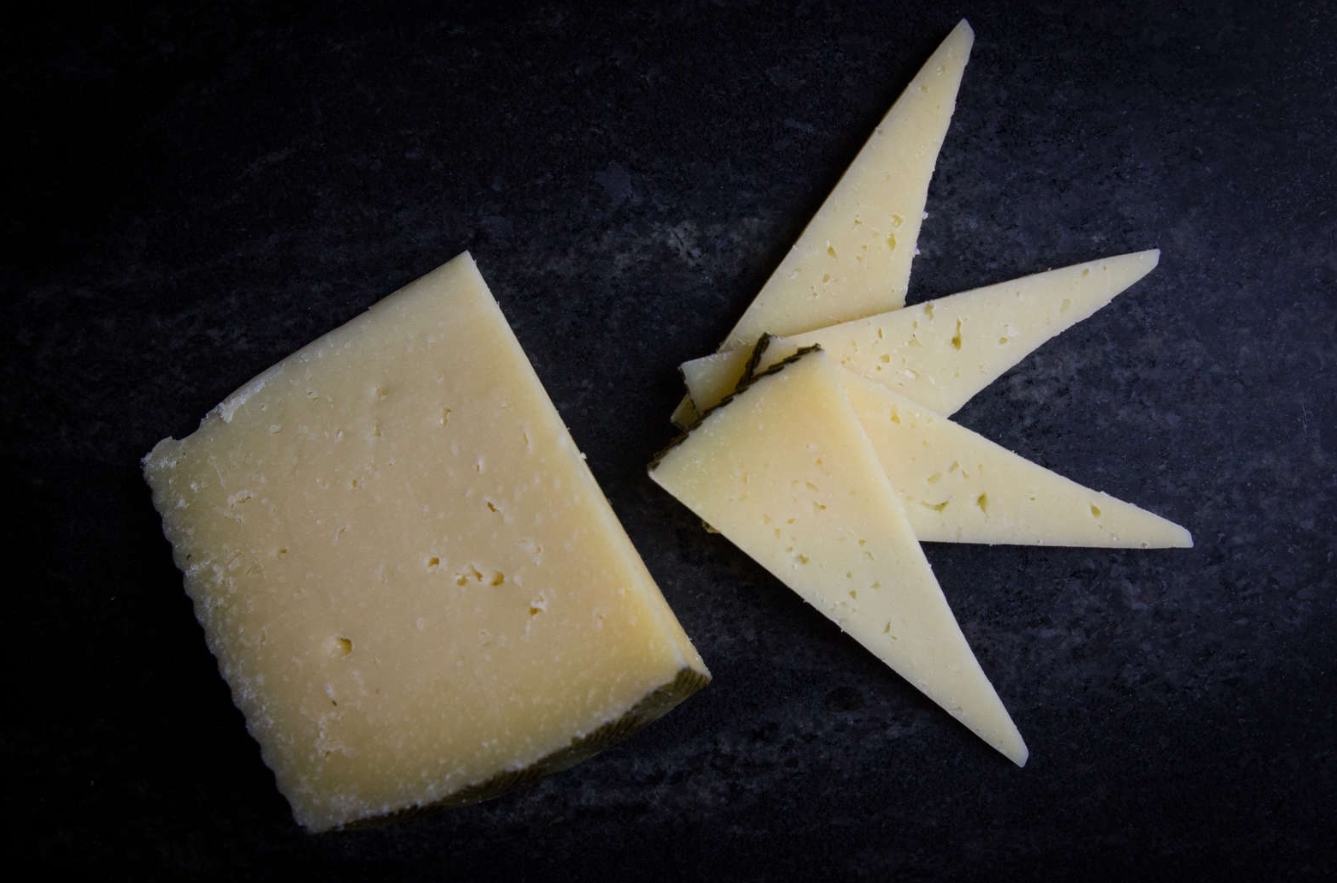
Campo de Montalbán
If you love the smooth, nuttiness of Spanish manchego, then you have got to treat yourself to Campo de Montalbán. While manchego is made of pure sheep’s milk, Campo is a triple threat combination of cow’s, goat’s, and sheep’s milk. It’s buttery and meltable with a fruity body and a clean finish. Treat yourself to some tapas and pair this Spanish wedge with Marcona almonds, dried figs, and a bright red.
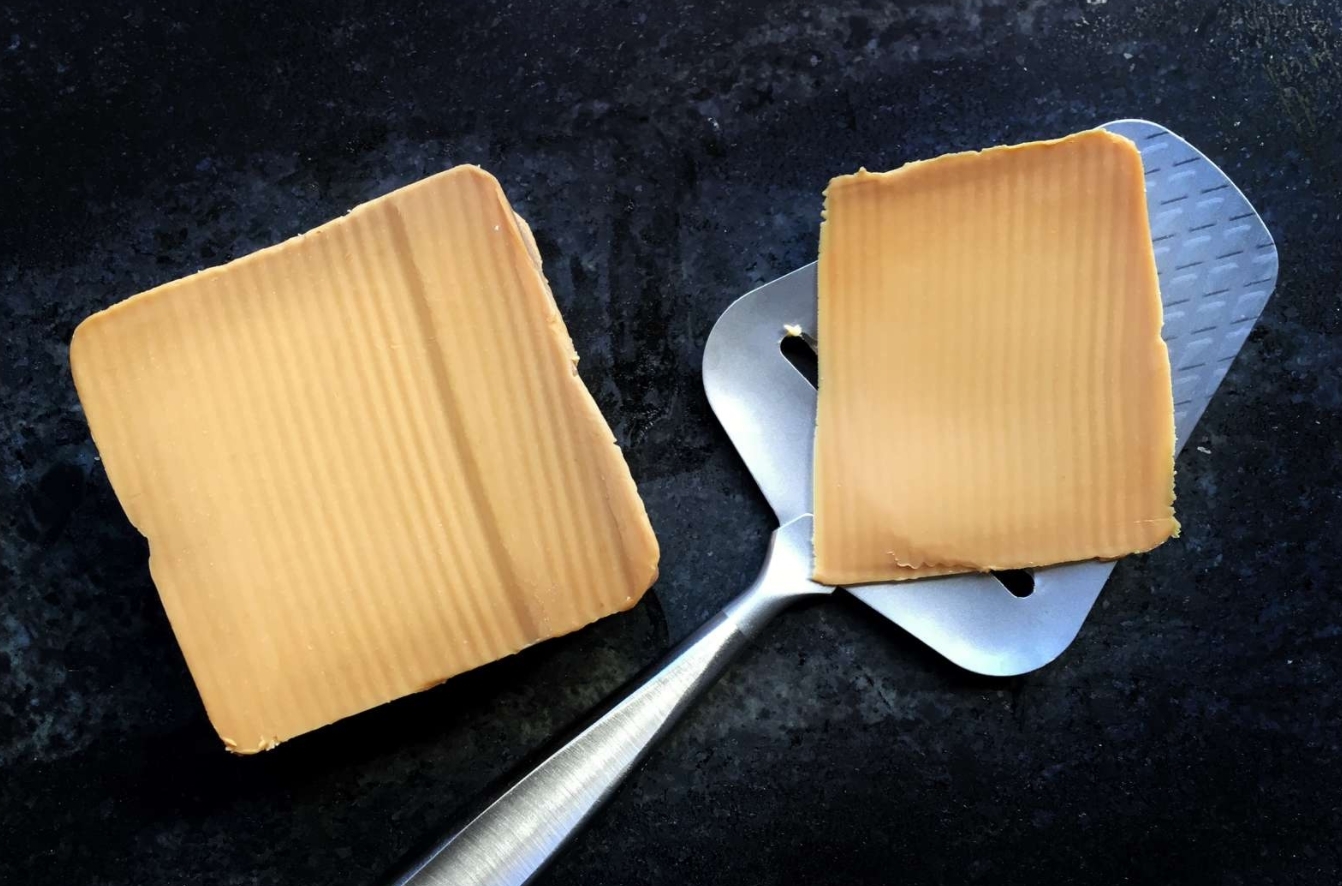
Gjetost
Gjetost, pronounced yeh-toast, is a traditional brown cheese from Norway that tastes like butterscotch and sticks to the roof of your mouth like peanut butter. It’s made with whey, the liquid leftover when milk becomes cheese, boiled until the liquid reduces and the sugars caramelize, then formed into rectangular blocks. The result is a sweet, tangy treat that melts into silk in your mouth. Slice thin and layer on to hot toast with strawberry jam for a PB&J that will blow you away.
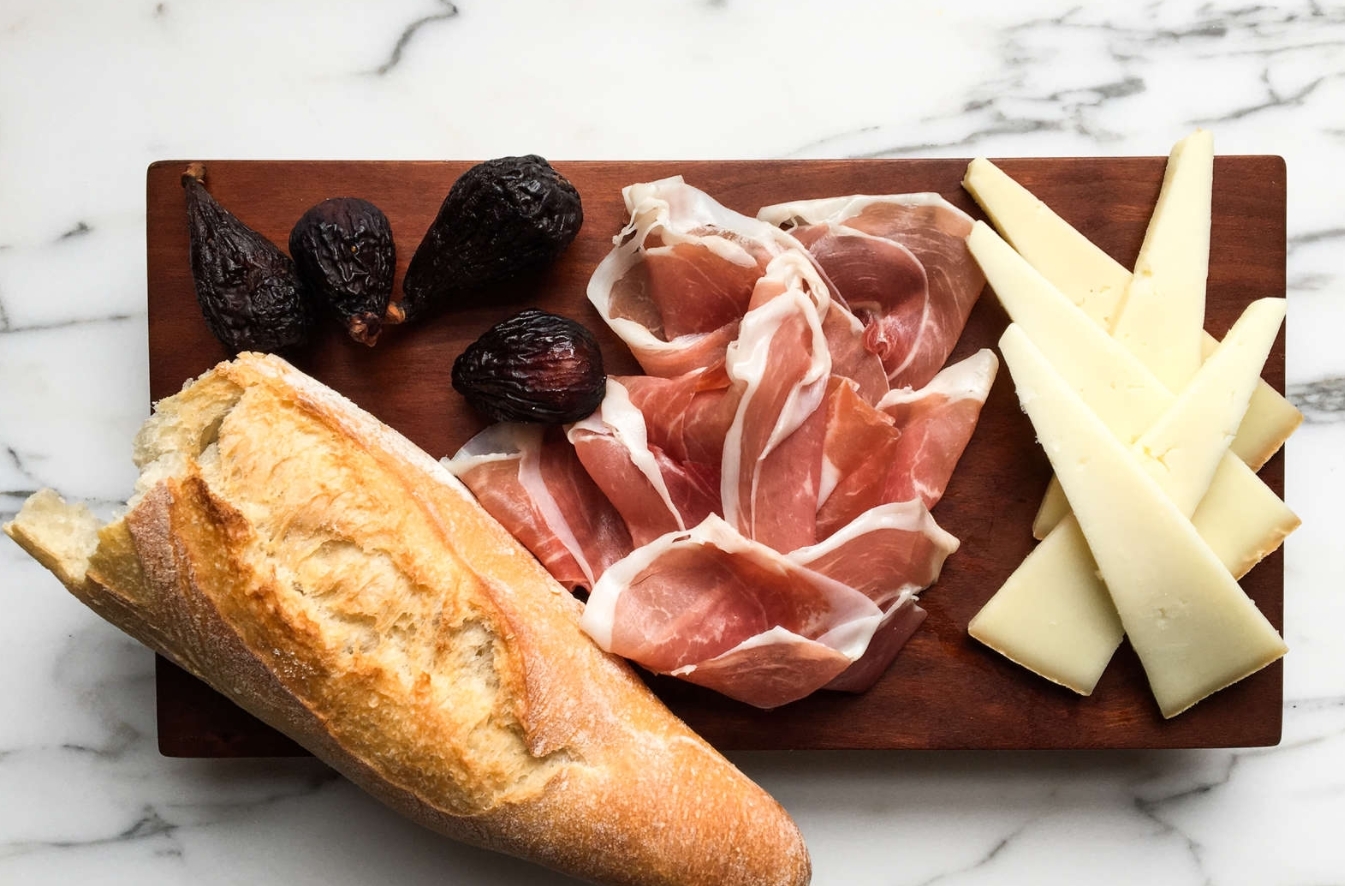
Ossau-Iraty
This rich sheep’s milk cheese from the French Pyrenees mountains will seduce you into addiction. Legend has it this cheese was one of the first ever made. The recipe even predates the English language. It’s pretty obvious how Ossau-Iraty has stood the test of time, too. It’s as smooth as satin and bursting with full flavors of toasted almonds and lush summer grasses. Pour yourself a farmhouse ale or dry cider for this suave fromage.
snip
soothsayer
(38,601 posts)Let the hunt begin!
Thanks for posting
Phoenix61
(17,006 posts)The Velveteen Ocelot
(115,765 posts)Great with jam. I also like Stilton with bits of mango embedded in it, and Fleur Verte Chevrefeuille, when I can find it.
Celerity
(43,447 posts)I am addicted to it!
It is now banned in the US, unfortunately, although you can find it in the other Nordic counties and in places like London.
It is only made in one place, by one firm.
https://vasterbottensost.com/en/

Why can Västerbottensost only be produced in Burträsk?
https://vasterbottensost.com/en/the-secret/
Does the secret lie in the manufacturing process, which came about by accident? Delve deeper into the unique story of how Västerbottensost cheese may well have been created. Is it perhaps the resting shelves made from spruce from the area around Burträsk that give Västerbottensost its special character? The calcareous soil in Burträsk is thought to be the result of an ancient meteor strike. Might that explain why Västerbottensost can only be produced here? Both the vegetation and the local cows are affected by the many hours of sunlight during the summer. Does this hold the answer to the mystery of Västerbottensost? It’s hardly a secret that every building is unique. But it might be the unique collection of house flora in the Burträsk dairy that is the secret behind Västerbottensost. Perhaps the secret is in the recipe that dairy maid Ulrika Eleonora Lindström wrote down in 1872, that has since been passed down through generations of master cheese-makers? The cows in the area produce milk that is unusually bereft of the kind of spores that can make cheese production difficult. Is the milk the secret behind Västerbottensost? Could it be something totally unknown that is found in the countryside around Burträsk that would explain why Västerbottensost can only be produced there?


The Velveteen Ocelot
(115,765 posts)A bit of googling revealed that it's banned here because it contains sodium nitrate, but a variant called Scandic Priest is produced for the US market: https://www.igourmet.com/shoppe/prodview_prod.aspx?prod=841S&orderid=& I'd order some but it's out of stock, alas.
Celerity
(43,447 posts)is more widespread and less expensive, but not exactly the same. It is really good as well.
https://www.arla.se/produkter/arla-ko/arla-ko-ost/prast/
English translation
The first cheese of the type Präst ® was made in Småland in the 18th century. The farmers used the cheese as a means of payment when they had to pay taxes. The tax would make up one tenth of annual production. The finest cheese was given to the priest.
It was a little fatter than other cheeses and that was because you poured an extra splash of cream into the cheese milk to make the priest kind-minded. The older name priest cheese has been replaced by the name Präst ® after the cheese was registered as a trademark in 2001.
Priest is excellent at planing and putting on the sandwich and also fits on the cheese plate and in cooking. When the cheese is well stored, it gets sweetish flavors and the texture can be a bit crunchy. It is due to crystallised protein that sits in the air holes.

another great type is
Herrgård
https://www.arla.se/produkter/arla-ko/arla-ko-ost/herrgard/
Herrgård ® was first manufactured in the 18th century. It was Count Eric Ruuth in Skåne who wanted to start Swedish production of Emmentaler cheese. But the imported bacterial culture from Switzerland behaved differently in the Swedish climate so the result was a new cheese. With the same nice round holes as the Swiss cheese, but with a different taste and texture.
Herrgård ® has a clean, full-bodied taste and smells of nuts. When the cheese is stored, it gets a stronger taste, the nuttiness becomes clearer and the aftertaste longer and stronger. Herrgård ® is excellent on the breakfast sandwich and the cheese is also excellent on the cheese plate and in cooking.
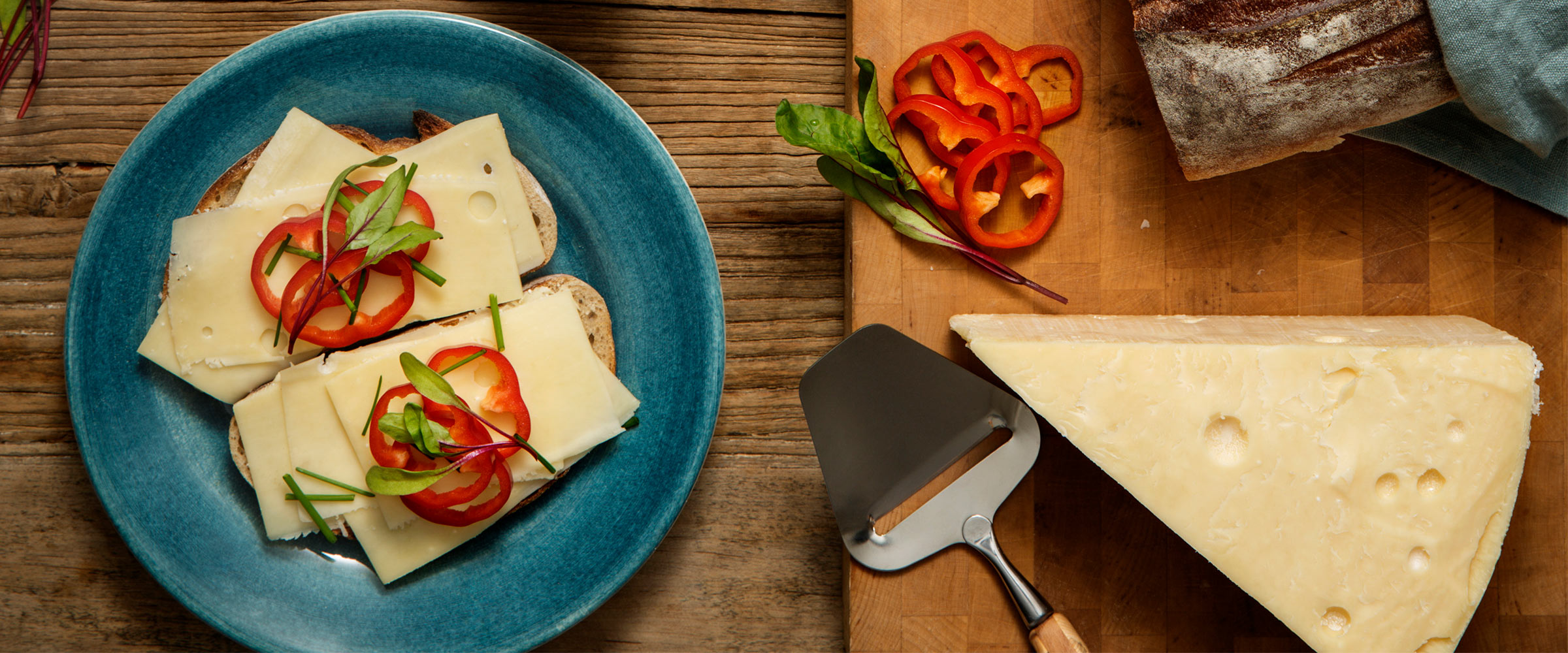
and
Svecia
https://www.arla.se/produkter/arla-ko/arla-ko-ost/svecia/
Svecia is a Swedish cheese dating from the Middle Ages. It is named after the Latin word Suecia which means Sweden. In 1997, Svecia became the first Swedish food product to be given a protected geographical indication in accordance with the EU regulation on geographical protection. This means that it may only be manufactured in Sweden from Swedish milk raw material and that the production must take place according to a traditional recipe.
Svecia does just as well on the breakfast sandwich as on the cheese platter and in the cooking. Feel free to take the cheeses to the cheese tray a few hours before serving. They taste so much more when they are room warm instead of refrigerator cold.

and finally
Dackeost
https://www.arla.se/produkter/arla-ko/arla-ko-ost/dackeost/
A Smålander with great taste
Discover wonderfully good Dackeost ® that has a clear character and great aroma without being strong. The cheese was already available in the 1980s and then won a number of tasting competitions. No wonder, or what do you think?
Dackeost is a gritty, medium-aged cheese with a full-bodied taste that is fruity, crunchy, a little sweet and with hints of umami. Perfect for the breakfast sandwich or to just bite up and eat as it is, because it is so good. The cheese is made with care at Kalmar dairy from the area nearby, Öland and Småland.
Dackeost is named after Nils Dacke, a farmer and freedom fighter from Småland. He lived in the 16th century and is still known today as the leader of the Dackefejden, where Småland farmers fought against the power of bailiffs and the king. Gustav Vasa had to resort to both cunning and force of arms to quell the uprising.
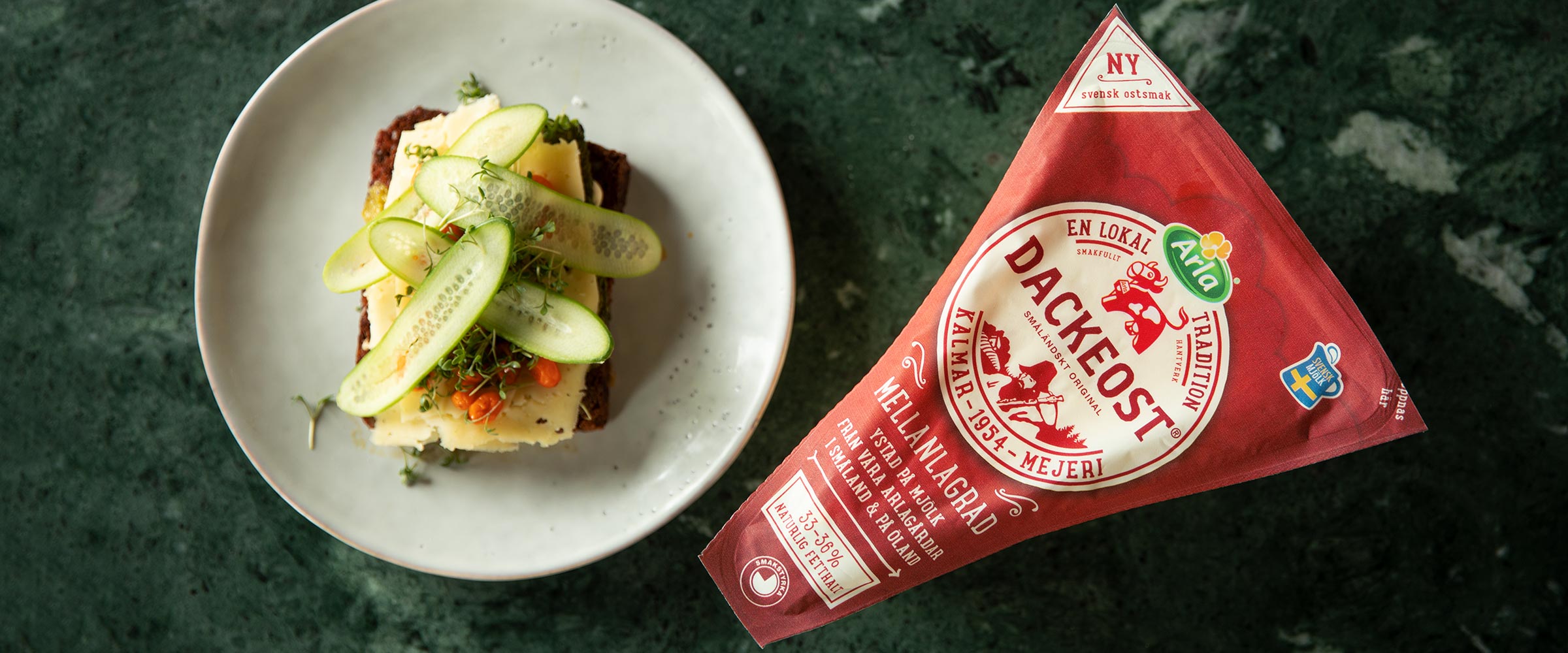
The Velveteen Ocelot
(115,765 posts)Celerity
(43,447 posts)dawg day
(7,947 posts)I mix different cheeses-- a teaspoon of Gorgonzola for a funky tang, bellavitano for the nuttiness, pepperjack...
I'll have to try one of these!
JustGene
(421 posts)Haven't seen it in years.
My fave pizza cheese.
Celerity
(43,447 posts)when I search it gives mostly EU options (I live in Sweden) but there are deffo US options.
JustGene
(421 posts)I'm a bit old fashioned when it comes to ordering food online.
I like to see where my food comes from.
Maybe...
thanx![]()
geomon666
(7,512 posts)No cheese is safe from me.
Celerity
(43,447 posts)The Velveteen Ocelot
(115,765 posts)I could be a vegetarian without much effort but I couldn't go vegan because I love cheese too much.
Lasher
(27,605 posts)geomon666
(7,512 posts)and I want nothing to do with it.
bluecollar2
(3,622 posts)csziggy
(34,136 posts)bluecollar2
(3,622 posts)Was wondering how long it would take.
A python classic.
GoCubsGo
(32,086 posts)Granted, if you strain any kind of yogurt, you can make a form of cream cheese...
eppur_se_muova
(36,274 posts)but it's not brunost ? Does that mean it's a safer variety ?
The Velveteen Ocelot
(115,765 posts)hence the name. Gjetost is really just a type of brunost.
eppur_se_muova
(36,274 posts)"I didn't know that brown cheese burns so well," added Kjell Bjoern Vinje, an official with the Norwegian Public Roads Administration.
The Velveteen Ocelot
(115,765 posts)SharonClark
(10,014 posts)and grew up on gjetost on hot buttered toast.
I seek out cheese wherever I travel.
Celerity
(43,447 posts)adventurous one, if you even come here. It is a top ten ever cheese for both wifey and myself. ![]()
Almnäs Tegel
http://www.almnas.com/en/ost/almnas-tegel

Almnäs Brick (Almnäs Tegel) is a hard-pressed “scalded” cheese, its square shape inspired by the handmade bricks manufactured by the Almnäs brick factory from the 1750’s onwards.
On the rind, you can see the imprint of a small child’s foot, a historical reference to real footprints found in the brick floor in the attic of the manor house. Hundreds of years ago as the bricks dried in the sun, the farm workers’ children ran over them, leaving their footprints. Since then, a child’s footprint has been imprinted on every clay brick manufactured at Almnas. Brick production ended in 1976, but we continue the tradition today: the same logo is imprinted in the rind of every Almnäs Brick cheese.
Each cheese weighs between 20 and 23 kilograms (57 and 59 pounds) and measures 52 x 45 centimeters (20 by 18 inches). The rind is a rustic, brick red, achieved by washing the cheese in salt water. This process benefits a bacterial culture called Brevibacterium linens, which provides the reddish colour.
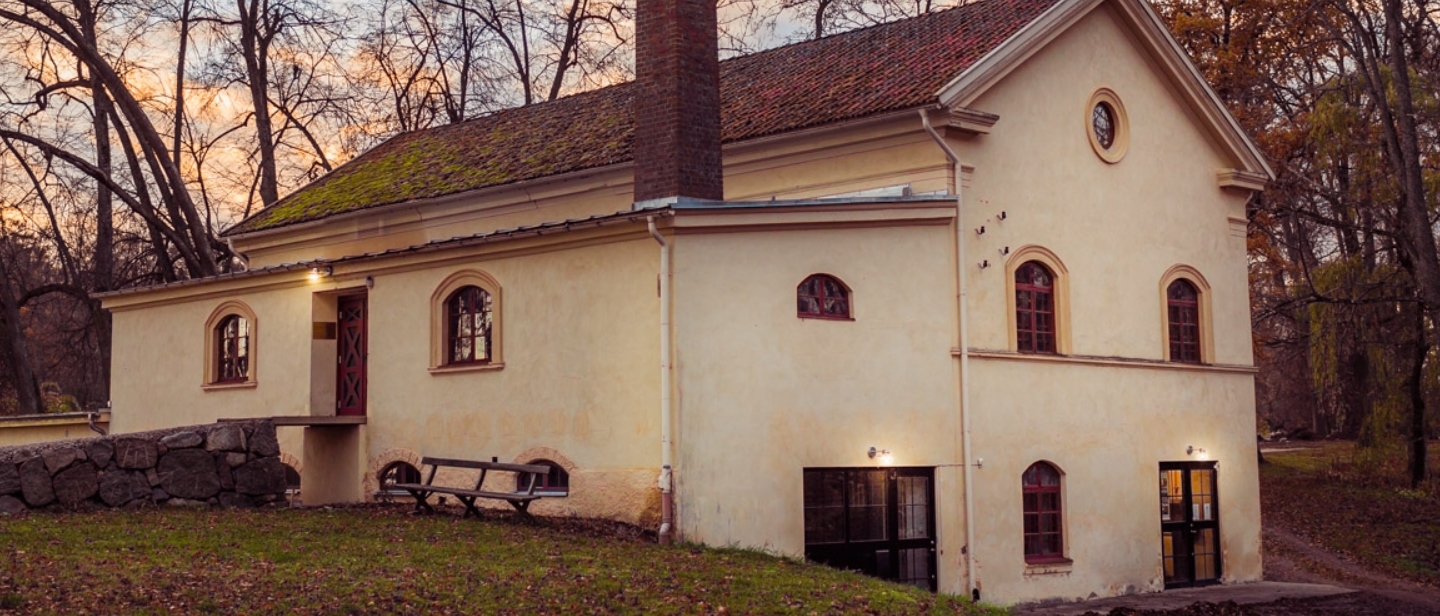
The cut surface of the cheese is smooth, showing occasional small holes and cracks. The cheese colour ranges from ivory to straw, depending on the season. Almnäs Brick has a sweet, fruity aroma, reminiscent of butterscotch. The rind sometimes smells of orange or pineapple. The taste is fruity, with a slightly gritty mouth-feel. We store the Almnäs Brick between 16 and 22 months.
Scalded cheeses are unusual in traditional Swedish cheese making. At the end of the cheese-making process, we scald the curds by increasing the temperature to more than 50 degrees Celsius (122 degrees Fahrenheit). This gives the cheese a caramelized effect and promotes the Thermophile bacteria, which is also found in yogurt. Parmesan and many of the big cheeses from the Swiss Alps, such as Gruyere, are produced according to this method.
At The World Cheese Awards 2018 held in Bergen, Norway, there were 3472 cheeses from 41 countries ans Almnäs Tegel ended up at 4:th place and recived a Supergold.
World Cheese Awards 2019, the judges gave Almnäs Tegel a Gold. Held at Bergamo, Italy.
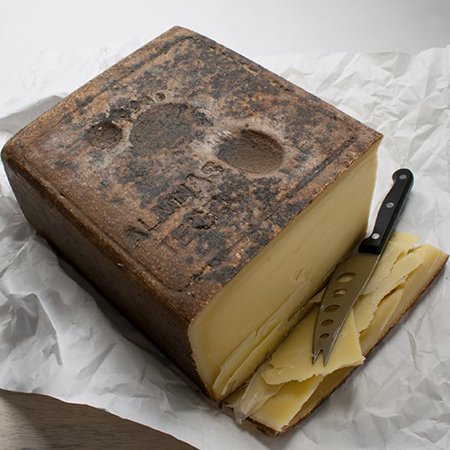

Footsteps in Time: Making Almnäs Tegel
https://culturecheesemag.com/article/footsteps-time-making-almnas-tegel

Almnäs Tegel is undoubtedly unlike any cheese you’ve ever seen before. Weighing a hefty 57 to 59 pounds, this squareshaped, hard cow’s milk cheese resembles a rustic tome with four imprints of a child’s foot on its speckled brown rind. “People see it and say, ‘Wow, is that a cheese? For real?’” says Kerstin Johansson, one of the cheesemakers.
Tegel (which translates to “brick” in Swedish) is produced at Almnäs Bruk, an organic farm on the picturesque west coast of Lake Vättern, the second largest lake in Sweden. While the cheese itself has only been in existence since 2008, the history behind it dates back to the 18th century. In the 1750s, the Almnäs Bruk estate was home to a brick factory. Workers would leave newly made bricks out to dry in the sun, and children who lived on the farm would run over them while playing, unwittingly leaving their footprints.
“In fact, some of those bricks were used in the construction of the manor house, which was built around 1766,” says the estate’s managing director, Thomas Berglund. “You can still see a number of bricks with children’s footprints on them in the floor of the attic today.”
Eventually, a child’s footprint became the logo imprinted on all bricks manufactured at Almnäs, and these bricks served as the foundation of the farm, both literally and figuratively. Berglund, who grew up on the estate with his three siblings, recalls building caves amid piles of bricks and making figurines from lumps of clay that served as the raw material.
“We would shape little people and trolls and deliver them to the factory. Months later they’d open up the furnace and we’d get them back. We’d have all forgotten about them by then,” Berglund says, laughing. Brick production ceased in 1976, but the concept persisted. In conceiving Tegel cheese, Berglund wanted to pay tribute to the bricks that had played an important role at Almnäs for hundreds of years.
snip

